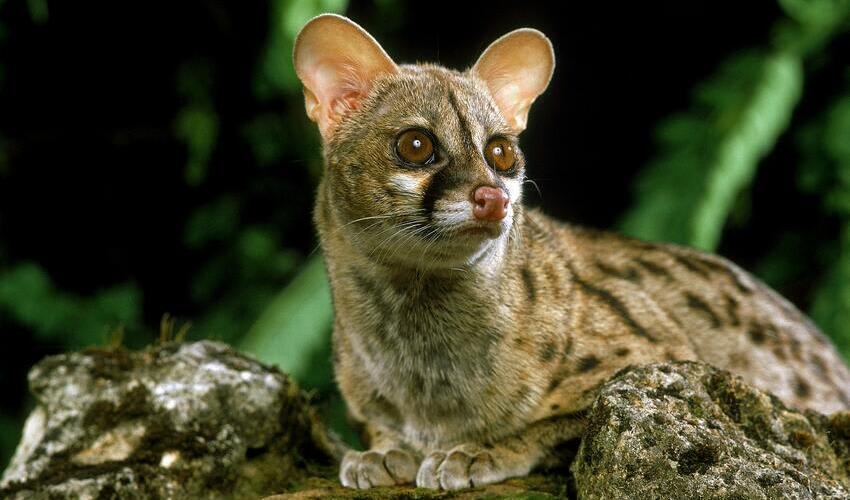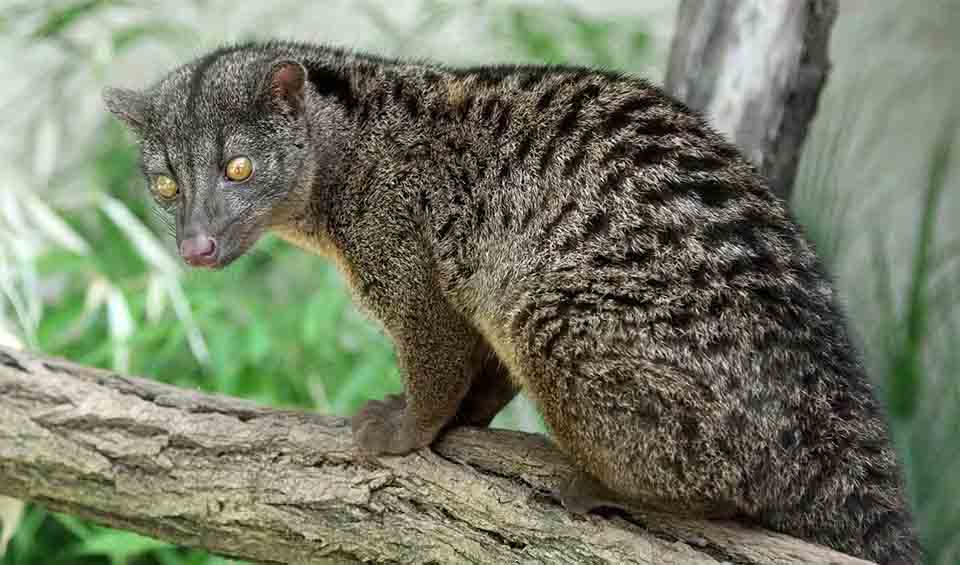Carnivora – Carnivores
Kings of the animal kingdom!
The term ‘Carnivora’ might conjure images of the fierce lion, stealthy panther, or cunning wolf, all of which play roles as apex predators within their respective habitats. However, this group also includes some unexpected members, such as the giant panda, which subsists almost entirely on bamboo, and the crafty raccoon, with its varied omnivorous diet. This illustrates the evolutionary adaptability and ecological niches that Carnivorans occupy, from strict carnivores to more flexible feeders.
At the pinnacle of many food chains, these creatures are often called “predators,” a testament to their hunting prowess and the critical role they play in controlling populations of other species, thus maintaining the health of their ecosystems. Among them are the majestic tigers and lions, often dubbed the ‘Kings of the Jungle’, whose very presence signifies the wild’s untamed spirit. Yet, in the same breath, we speak of domesticated dogs, whose loyalty and companionship have earned them the endearing title of ‘Man’s Best Friend’, underscoring the multifaceted relationships humans have with members of Carnivora.
The scope of Carnivora is immense, encompassing a staggering range of sizes and habitats. On one end of the spectrum, we find the least weasels, petite and fierce, and on the other end, the colossal southern elephant seals, whose immense bulk belies their aquatic agility. These animals occupy every conceivable niche, from the frozen Arctic, where polar bears reign, to the urban environments where clever foxes adapt to human encroachment.
Moreover, the intellectual capabilities of some Carnivorans are remarkably profound, with seals and sea lions demonstrating problem-solving skills that hint at a complex understanding of their environment. The intelligence of these aquatic members of Carnivora showcases the evolutionary ingenuity of the order, as they’ve adapted to master both land and sea.
Families in this order
Cat-like
Hunting primarily at night by stalking and pouncing
Have stripes, spots, or bands on their bodies & perianal glands produce a strong smell
These bold predators kill poisonous snakes with speed and agility rather than immunity to snake’s poison
Madagascar’s carnivores are characterized by slender bodies, tiny heads, and pointed snouts
Catching prey with their teeth rather than claws, these tough guys are vital for most African ecosystems
Live in harmony with a parasite causes the deadly sleeping sickness in humans
Dog-like
Weasels, badgers, otters, wolverines, and their allies.
Kills are made by grabbing the nape of the neck and tackling the prey to the ground
This family stinks! To deter predators, of course
These purported cousins of the bears family inhabit a wide range in the New World
Bears share this family with Giant pandas, that are almost entirely vegetarian
Be ready to be puzzled by this vegetarian carnivore!
Dog-like – Pinnipeds
True seals here! They can see well in dark and murky water, but their future… still looks bleak
The sea lions! Row through water using their long font flippers
Tusked marine mammals heralding climate emergency!
















